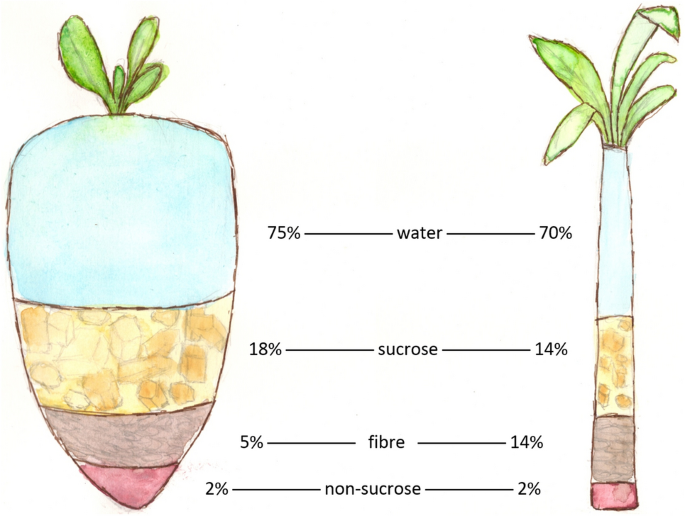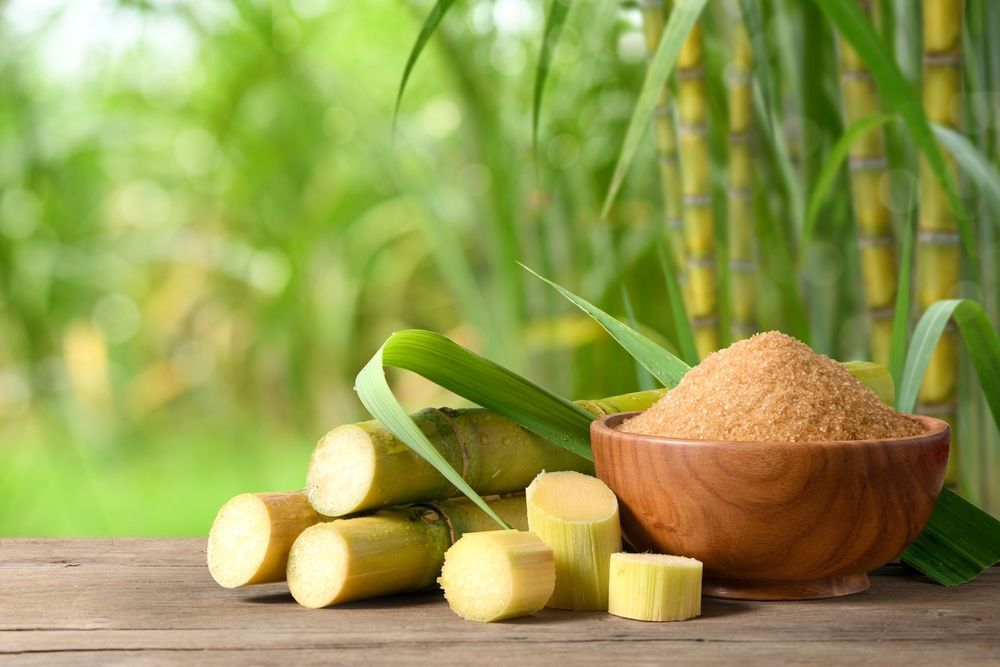The difference between beet sugar vs cane sugar extends beyond flavor to how they are grown.
The difference between beet sugar vs cane sugar extends beyond flavor to how they are grown.
Blog Article
Discover the Uses and Benefits of Beet Sugar Vs Cane Sugar in Your Daily Diet Plan
Discovering the distinctive high qualities of beet and cane sugar discloses more than just their sweetening abilities; it highlights their special impacts on health and wellness and cooking arts. Beet sugar, known for its refined flavor, is commonly preferred in delicate treats, whereas cane sugar, with its hint of molasses, includes richness to durable dishes. Each kind holds its own dietary profile and glycemic effects, inviting a deeper understanding of their functions in a well balanced diet and lasting intake techniques.
Origin and Manufacturing Processes of Beet and Cane Sugar

The unique climates and dirt kinds needed for growing sugar beetroots and sugarcane add to differences in their cultivation techniques and geographical distribution, affecting the business economics and sustainability of their production. beet sugar vs cane sugar.
Nutritional Comparison In Between Beet Sugar and Cane Sugar
In spite of originating from various plants, beet sugar and cane sugar are nutritionally very comparable, both mostly consisting of sucrose. Each gives regarding 4 calories per gram, translating to about 16 calories per teaspoon. Structurally, both sugars are made up of around 99.95% sucrose, with minimal quantities of other materials like moisture and trace element, which do not substantially alter their dietary accounts.

Inevitably, when selecting in between beet sugar and cane sugar based on dietary web content alone, both offer the same benefits and disadvantages as they are basically forms of the exact same particle-- sucrose, offering fast energy without other nutrients.
Impact on Health: Glycemic Index and Caloric Content
Exploring even more into the effects of beet sugar and cane sugar on find out this here wellness, it is vital to consider their glycemic index and calorie web content. The glycemic index (GI) of both beet and cane sugar is around 65, classifying them as high-GI foods, which can trigger quick spikes in blood sugar degrees.
Each sort of sugar contains around 4 calories per gram, making their calorie material equivalent. For those keeping track of caloric consumption, particularly when managing weight or metabolic health problems, comprehending this equivalence is important (beet sugar vs cane sugar). However, too much usage of any high-calorie, high-GI food can add to health and wellness issues such as excessive weight, heart illness, and insulin resistance.
Environmental and Economic Considerations of Sugar Manufacturing
Beyond health and wellness influences, the production of beet and cane sugar additionally increases significant environmental and financial worries. Sugar beet cultivation has a tendency to require cooler climates and has a reduced geographical impact contrasted to sugar cane, which flourishes in exotic regions. Both crops are extensive in terms of water usage and land profession, possibly leading to deforestation and water shortage. Financially, the international sugar market is highly unstable, affected by changes in worldwide profession plans and subsidies. Numerous nations incentivize sugar manufacturing through monetary assistance, skewing market value and affecting small-scale farmers adversely.
Furthermore, the usage of chemicals and plant foods in both beet and cane sugar farming can lead to soil degradation and pollution, further affecting biodiversity and regional water bodies (beet sugar vs cane sugar). The option between cultivating sugar beet or cane commonly depends upon regional environmental conditions and economic elements, making the sustainability of sugar production a complex concern
Culinary Applications and Flavor Distinctions
While the ecological and financial facets of sugar manufacturing are without a doubt substantial, the selection in between beet and cane sugar likewise influences culinary applications and flavor accounts. Beet sugar, stemmed from the sugar beet plant, is understood for go its remarkably neutral taste. This makes it a functional active ingredient in cooking, where it does not alter the flavor of various other elements. It dissolves quickly and is ideal for usage in cakes, cookies, and pastries.
Cane sugar, removed from sugarcane, commonly keeps molasses traces, which pass on a distinct richness and deepness. This small molasses taste improves the intricacy of baked products, sauces, and sauces. It is especially preferred in products where a sugar undertone is wanted, such as in brownies or gingerbread. Additionally, the mild variation in dampness content in between address beet and cane sugar can affect the structure and uniformity of dishes, making cane sugar a recommended choice for certain dishes that benefit from its special buildings.

Verdict
To conclude, both beet and cane sugar have distinctive beginnings and production processes, offering similar dietary accounts with small differences in sodium web content and taste. While their effect on health and wellness, particularly concerning glycemic index and calories, is comparable, the selection in between them commonly comes down to environmental, financial aspects, and particular culinary demands. Comprehending these aspects can guide customers in making notified decisions that straighten with their health and wellness goals and taste choices.
Report this page